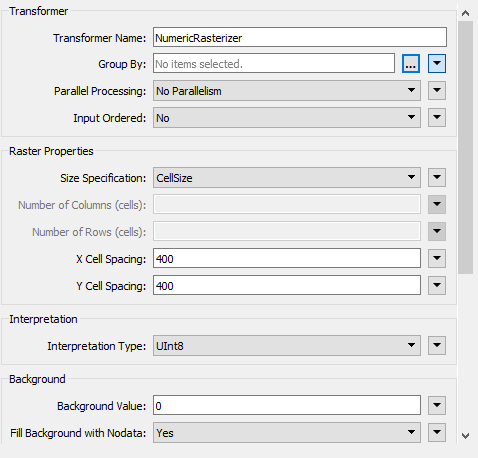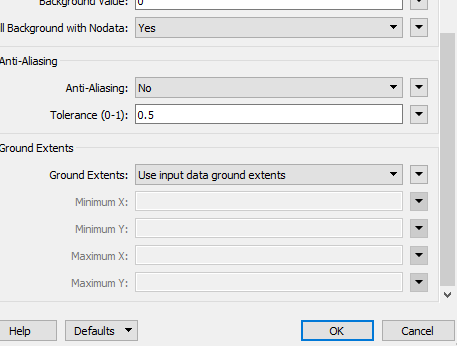I'm processing a vector data containing 500000 features to a raster data using numeric rasterizer and then writing it in a raster gdb. The conversion of vector to raster happens quickly but writing the raster in to the gdb takes unexpectedly more time. It runs for hours. I'm not sure how can I improve the writing time.
Please help!








